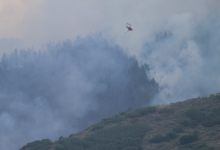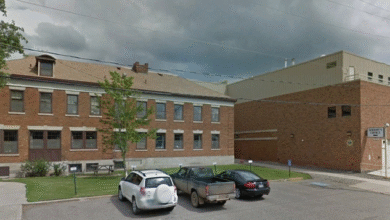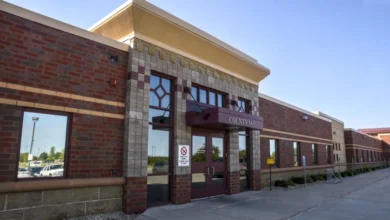Understanding Quarry Fires: Causes, Prevention and Safety Protocols
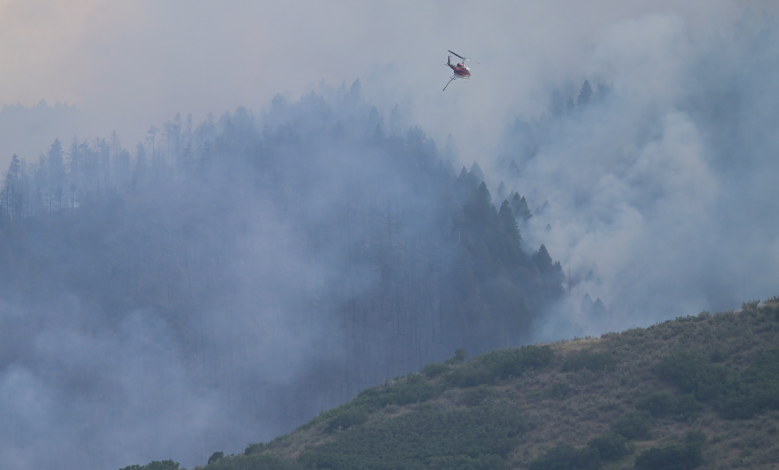
Introduction to Quarry Fires
Quarry fires represent one of the most dangerous industrial hazards, capable of causing catastrophic damage to property, environment, and human life. These blazes often ignite suddenly in mining sites where flammable materials like coal dust, petroleum products, and chemicals are present. The confined nature of quarries allows fires to spread rapidly while producing toxic fumes that endanger workers and nearby communities. Understanding quarry fire dynamics is the first step toward effective prevention and control.
The economic impact of quarry fires extends far beyond the immediate damage. Operations may halt for weeks, leading to massive financial losses from equipment replacement and regulatory fines. Environmental consequences include air pollution from smoke and potential contamination of groundwater from fire suppressants. This makes fire prevention not just a safety issue, but an essential business continuity strategy for quarry operators worldwide.
Primary Causes of Quarry Fires
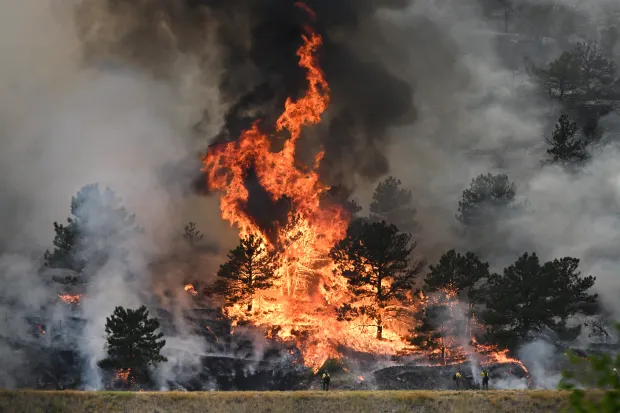
Spontaneous combustion ranks as the most insidious cause of quarry fires, particularly in sites storing coal or other carbon-rich materials. When these substances oxidize in poorly ventilated areas, heat builds gradually until reaching ignition temperature. This process can occur over days or weeks, making early detection challenging without proper monitoring systems. Regular temperature checks and proper stockpile management are crucial preventive measures against this hidden threat.
Mechanical failures in quarry equipment present another major fire risk. Hydraulic systems operating under high pressure can develop leaks, spraying flammable fluid onto hot engine components. Electrical faults in aging wiring or overloaded circuits frequently generate sparks near combustible materials. Even routine activities like welding or grinding can ignite fires if proper safety protocols aren’t followed. These risks underscore the need for comprehensive equipment maintenance programs and strict hot work permitting systems.
Devastating Consequences of Quarry Blazes
The immediate danger of quarry fires manifests in multiple ways. Intense heat can trigger secondary explosions in fuel storage areas, while thick smoke reduces visibility during evacuation efforts. Workers face risks of burns, smoke inhalation, and traumatic injuries from potential equipment explosions. The 2018 quarry fire in [Location] demonstrated these dangers when seven workers suffered injuries during an emergency evacuation through smoke-filled tunnels.
Environmental repercussions extend far beyond the fire’s duration. Burning rubber from conveyor belts releases carcinogenic compounds, while melted plastics contaminate soil. Water runoff carrying fire suppressant chemicals can pollute local waterways, harming aquatic ecosystems. The long-term business impacts include skyrocketing insurance premiums and potential lawsuits from affected communities – consequences that can financially cripple operations for years after the flames are extinguished.
Effective Fire Prevention Strategies
Material storage protocols form the first line of defense against quarry fires. Segregating incompatible chemicals, maintaining proper pile heights for coal stockpiles, and implementing rotational stock systems all reduce combustion risks. Modern quarries employ infrared thermal cameras for 24/7 temperature monitoring, capable of detecting hot spots before they ignite. These systems integrate with automated sprinklers to cool overheating materials without human intervention.
Employee training programs create a culture of fire awareness among workers. Regular drills ensure staff can execute emergency procedures flawlessly, while certification courses teach proper handling of flammable substances. Some operations have implemented “fire watch” rotations where designated personnel continuously monitor high-risk areas during and after hot work operations. These layered defenses significantly reduce the likelihood of human-error fires.
Cutting-Edge Fire Detection Technologies
Advanced sensor networks now provide quarry operators with unprecedented fire detection capabilities. Distributed temperature sensing (DTS) systems use fiber optic cables running throughout the site to pinpoint temperature anomalies within one meter accuracy. When integrated with AI-powered monitoring software, these systems can predict potential fire outbreaks hours before ignition occurs based on thermal patterns.
Drones equipped with thermal imaging have revolutionized fire surveillance in large quarries. These unmanned aircraft can inspect inaccessible areas like high walls and stockpile peaks, transmitting real-time data to control rooms. Some models even carry fire suppression balls that can be dropped onto small blazes before they escalate. This technology proved invaluable during the 2022 [Location] quarry incident, where drones detected and contained a fire in an unmanned processing area.
Emergency Response Best Practices
When fire erupts, the first 30 minutes determine the outcome. Modern quarries implement the “Three Alarm” response system: immediate evacuation, equipment shutdown, and fire department notification occurring simultaneously. Designated evacuation routes marked with photoluminescent signage remain visible in smoke-filled environments, while explosion-proof communication systems ensure continuous contact between responders.
Fire suppression tactics vary by quarry fire type. Coal fires require specialized foam formulations that penetrate burning piles, while electrical fires demand non-conductive extinguishing agents. Many sites now maintain “fire trains” – mobile units carrying thousands of gallons of suppressant that can be rapidly deployed. The 2021 success at [Quarry Name] demonstrated this approach, where a fire train contained a major blaze until municipal firefighters arrived.
Post-Fire Recovery and Analysis
Thorough incident investigation begins immediately after fire containment. Forensic teams analyze ignition sources, spread patterns, and response effectiveness using drone mapping and thermal image timelines. This data informs improved prevention strategies and often leads to equipment redesigns – after the 2019 [Company] fire, manufacturers developed hydraulic lines with automatic shutoff valves that activate when leaks are detected.
Environmental remediation forms a critical recovery phase. Soil testing determines contamination levels, guiding bioremediation efforts using specialized bacteria that break down petroleum compounds. Some quarries have implemented “fire recovery forests”, planting fast-growing vegetation to offset carbon emissions from the blaze. These measures not only restore the site but often improve community relations after disruptive incidents.
The Future of Quarry Fire Safety
Emerging technologies promise to revolutionize quarry fire prevention. Researchers are developing self-extinguishing conveyor belts using graphene-enhanced materials that stop burning when exposed to air. Smart dust sensors can now detect combustible gas concentrations at microscopic levels, providing earlier warnings than traditional systems. Some European quarries are testing autonomous firefighting robots capable of entering dangerously hot zones.
The industry is moving toward predictive analytics using machine learning algorithms that process historical fire data, weather patterns, and operational parameters to forecast fire risks. These systems will eventually integrate with automated prevention measures, creating quarries that actively defend against fire threats in real-time. As these innovations mature, the frequency and severity of quarry fires should decrease significantly.
Conclusion: A Proactive Approach Saves Lives
Quarry fires remain a persistent threat, but modern prevention strategies and technologies have dramatically improved safety outcomes. From advanced detection systems to comprehensive training programs, today’s best practices create multiple layers of defense against these dangerous incidents. The most successful operations treat fire prevention not as a compliance issue, but as a fundamental aspect of responsible quarry management.
Looking ahead, the industry’s challenge lies in balancing innovation with practical implementation. While cutting-edge solutions offer exciting possibilities, their effectiveness depends on proper maintenance and workforce training. By fostering a culture of vigilance and continuous improvement, quarry operators can protect their workers, communities, and businesses from the devastating impacts of fires.
Essential Quarry Fire FAQs
What makes quarry fires particularly dangerous?
The combination of confined spaces, abundant fuel sources, and difficult access for firefighters creates uniquely hazardous conditions that allow fires to spread rapidly while generating toxic smoke.
How often should quarry equipment be inspected for fire risks?
Industry standards recommend comprehensive electrical and mechanical inspections quarterly, with daily visual checks by operators and weekly professional assessments of high-risk systems.
Can weather conditions affect quarry fire risks?
Absolutely. Dry, hot weather increases spontaneous combustion chances, while lightning storms elevate electrical fire risks. Many quarries implement extra monitoring during adverse conditions.
What personal protective equipment helps during quarry fires?
Self-contained breathing apparatus (SCBA), fire-resistant clothing, and heat-activated distress beacons provide critical protection for workers during fire emergencies.
How do modern quarries monitor for hidden fires?
Contemporary operations use infrared cameras, distributed temperature sensing systems, and gas detection networks to identify developing fires before visible flames appear.
Are there international standards for quarry fire safety?
Organizations like MSHA and ISO provide guidelines, but specific regulations vary by country. Leading operators often exceed minimum requirements with customized safety programs.
What’s the most overlooked fire prevention measure?
Proper housekeeping – accumulated dust and debris serve as both fuel and ignition sources. Regular cleaning significantly reduces fire risks.
How can nearby communities prepare for quarry fire emergencies?
Effective communication systems, clear evacuation plans, and community drills coordinated with quarry operators improve safety for surrounding populations.
What innovations show the most promise for future prevention?
Autonomous detection systems, advanced materials that resist ignition, and AI-powered risk prediction algorithms are poised to transform quarry fire safety.
Why do some quarry fires burn for weeks?
Deep-seated fires in coal or sulfur stockpiles can smolder underground, requiring specialized techniques like inert gas injection for complete extinguishment.
You may also read: Monkeypox Cases Rising in 2024: Symptoms, Prevention & Latest Updates
